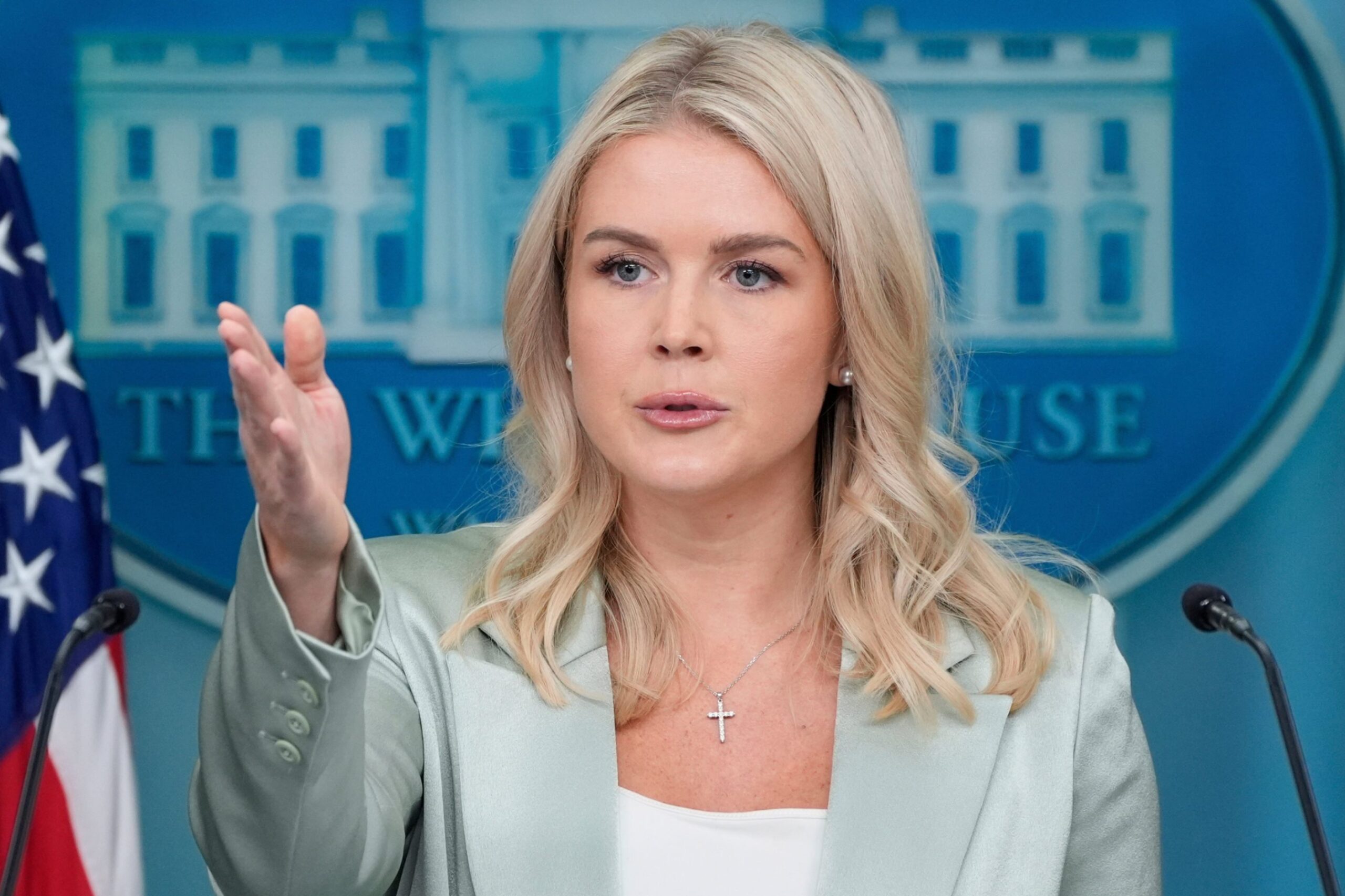Washington on Edge: White House Points Finger at Democrats as Shutdown Standoff Escalates
The political atmosphere in Washington has rarely felt more charged than it does now. With the federal government still in a state of shutdown, the White House is pointing the finger squarely at Democrats, claiming they are the ones responsible for leaving the administration and the president in this precarious position. As the stalemate drags on, the entire nation appears to be holding its breath, waiting to see who will blink first.
Behind the closed doors of Congress and the White House, debates have grown increasingly fierce. What might sound like procedural wrangling to some is, in reality, a struggle with profound consequences. Citizens across the country are anxious. From federal workers worried about their next paycheck, to families dependent on government assistance, to businesses reliant on stability, the impact of political brinkmanship is being felt in real time. States are watching closely, bracing for ripple effects that could strain local economies and public services if the shutdown continues.

At the heart of the tension lies a bitter disagreement over funding. The White House insists that a “clean continuing resolution” — a straightforward extension of government funding without additional conditions — is the simplest way out of the crisis. In a statement delivered with unusual sharpness, White House press secretary Karoline Leavitt put the responsibility squarely on Democratic lawmakers: “The Democrats should know that they put the White House and the president in this position.” The comment, repeated across major news outlets, sent a jolt through the political world.
It wasn’t just the words themselves, but the tone — cold, direct, and accusatory — that captured attention. Political analysts immediately dissected the message, debating whether it was a calculated move to pressure Democrats or a risky escalation that could backfire. Regardless of the motive, the statement underscored just how high the stakes have become. Every passing day of the shutdown adds pressure to leaders in Washington, as Americans demand answers and solutions.
For Democrats, the accusation is being met with sharp rebuttals. Party leaders argue that it was the administration’s refusal to negotiate on key issues that forced this showdown. They maintain that their votes were not intended to close down the government, but to insist on accountability and conditions for funding that reflect the needs of ordinary Americans. “The White House is trying to shift blame,” one Democratic strategist said, “but voters know this isn’t about pointing fingers — it’s about leadership and responsibility.”
Meanwhile, Republicans are rallying around the White House narrative, framing Democrats as obstructionists who are putting political interests ahead of national stability. Conservative commentators have seized on Leavitt’s statement as a rallying cry, emphasizing the urgency of reopening the government without attaching further conditions. For them, the “clean continuing resolution” is not just a legislative tool but a test of whether Democrats are willing to put country over politics.
The tug-of-war between these two perspectives has left Americans caught in the middle. Federal workers have already begun to feel the pain, with uncertainty about when or if they will be compensated for missed work. Agencies are scaling back operations, leaving critical services strained. Economists warn that if the shutdown continues for much longer, the cumulative effect on consumer confidence, markets, and growth could be significant.
Beyond the economic impact lies a more intangible but equally powerful consequence: trust. Public confidence in government institutions is fragile, and each episode of political dysfunction erodes it further. Citizens who once believed that partisan squabbles were just noise are beginning to see direct consequences in their own lives. From delayed services to looming financial insecurity, the costs are real — and patience is wearing thin.
The White House, by delivering such a pointed statement, has raised the temperature of the standoff rather than cooling it. Whether this strategy pays off remains to be seen. If Democrats yield, the administration can claim a victory for firmness and clarity. If they hold their ground, the narrative could flip, with blame shifting back toward the president and his team for prolonging the crisis. Either way, both sides are walking a fine line between political strategy and public perception.

As the nation watches, one question looms larger than all others: who will ultimately bear responsibility for the fallout? In politics, blame is often as important as policy. For now, one explosive accusation has echoed across the country: “The Democrats should know that they put the White House and the president in this position.” That single line, delivered with cutting precision, has crystallized the standoff into a simple but profound drama — a test not only of political will but of leadership in a moment of national uncertainty.

And so the country waits. With every passing day, the pressure builds on lawmakers to end the impasse. The future of the shutdown — and the reputations of those who will be remembered for it — hangs in the balance.